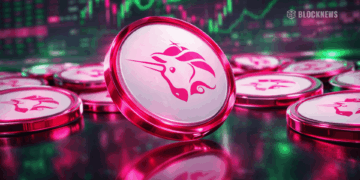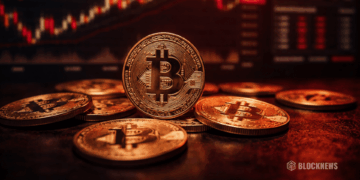- Public companies are increasingly adding XRP to reserves, citing its speed, low fees, and cross-border utility.
- Ripple holds 40.7B XRP; post-SEC victory, institutional adoption faces fewer legal barriers.
- Firms are finding ways to earn yield on XRP through lending, liquidity, and smart contract integrations.
Something’s shifting in corporate finance — and it’s not just Bitcoin and Ethereum making the cut anymore. A growing list of publicly traded companies are adding XRP to their reserves, seeing it as a high-speed, low-cost way to move money globally. With the SEC now granting Ripple a waiver that removes past fundraising restrictions, the path is wide open for broader adoption and deeper integration into corporate strategies.
Bill Morgan Tracks the Trend
Crypto lawyer Bill Morgan has been digging through SEC filings and spotting more companies slipping XRP into their holdings. One standout is Quantum Biopharma Ltd, which already held Bitcoin, Dogecoin, and Solana, but recently tacked on XRP and Ethereum. Worksport Ltd is another — holding both Bitcoin and XRP — and even doubling its Bitcoin stash earlier this year. Their corporate crypto strategy, launched in December 2024, is already paying off, with XRP holdings up around 15%. Morgan says he’s seen four such additions in just one week, calling it a sign that XRP is moving from niche experiment to mainstream corporate reserve asset.
Ripple’s Massive XRP Stash and the Institutional Angle
Ripple Labs, while not a public company, still controls a whopping 40.7 billion XRP — about 41% of the total supply. If they chose to formally treat this like MicroStrategy treats its Bitcoin reserves, the supply squeeze could be significant. The recent close of the long-running Ripple vs. SEC battle has removed a major roadblock for institutions, making it far easier for public companies to hold XRP as a strategic hedge or diversification play. With corporate altcoin investments jumping from $200 million in early 2025 to over $11 billion by July, XRP’s speed and global settlement capabilities are giving it a leading edge.
Turning XRP into an Active Asset
While XRP can’t be staked natively, companies aren’t just letting it sit idle. Institutional lending programs, liquidity provision on exchanges, and cross-chain platforms like Flare are allowing XRP to be wrapped and deployed in smart contracts. This turns what could have been a dormant balance sheet entry into an income-generating asset — a shift that might push even more firms to follow suit.














